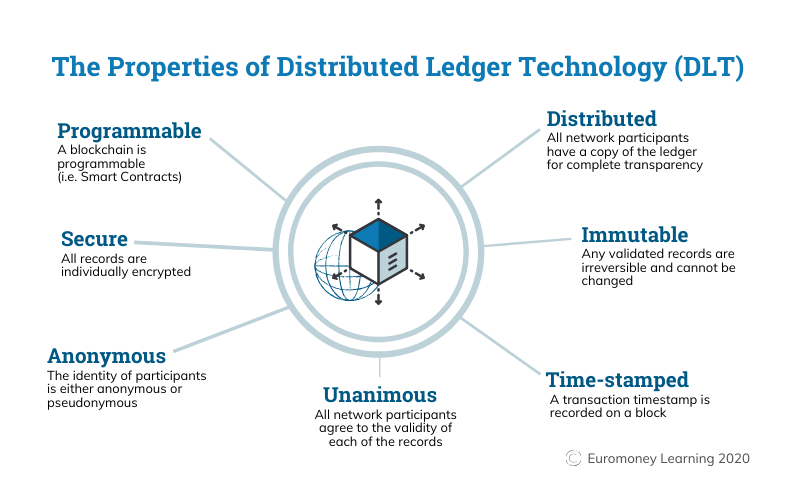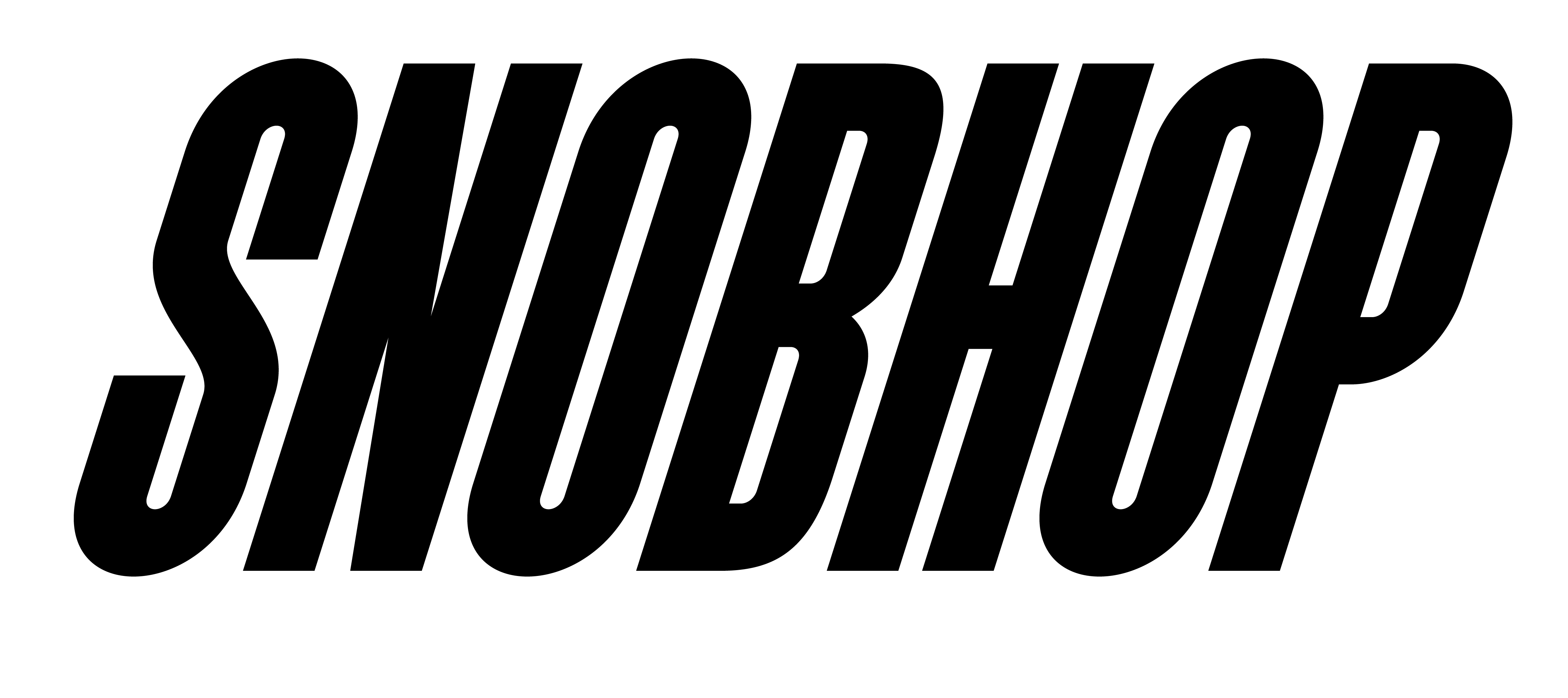Unless you’ve been living under a rock, you’ve heard about NFT’s by now or you’ve been seeing stories about digital artwork sold for insane amounts of money, and people replacing their Twitter profile pictures with Bored Apes, etc.
But if you are anything like me a few months ago, you’re wondering what the f**k is going on. So don’t worry, I got you.
What is an NFT?
NFT stands for Non-Fungible Token. Fungible means easily swappable (easily tradable).
Cash is fungible because you can trade it easily (i.e. $1 bill can be “swapped” easily for 4 quarters) Even Bitcoins are fungible meaning that you can trade 1 bitcoin easily for another bitcoin.
Okay, bet… So what does “Non-fungible” mean?
Non-fungible refers to something that IS NOT easily swappable. The primary reason something is non-fungible is that it is unique. whereas coins or dollar bills are readily exchangeable and have similar values non-fungible items are unique in their identities and values so they are not readily exchangeable.
For more context, Imagine if we tried to trade cars or trade houses. These things look similar in function but because of their uniques (make, model, reputation, etc.), they aren’t readily tradable meaning they aren’t fungible ei
Hmmm. I think I got it, but what about the “token” thing?
Right. So, Non-fungible tokens living on something called the blockchain.
The blockchain is defined as a system in which a record of transactions made in bitcoin or another cryptocurrency are maintained across several computers that are linked in a peer-to-peer network (see below)

What makes the blockchain unique is that makes transactions decentralized (meaning everyone on the network has access to a ledger that shows the transactions occurring on the chain. This makes it harder to change info, or act as a transaction never occurred).
On the blockchain, one of the things you can do is create these things called tokens. These tokens are given out to create communities, or “minted” into things like digital art (like Bored Apes), or collectibles that you can even redeem for real-life things.
Non-Fungible + Tokens = You Can’t Easily Swap The Tokens
Take a look at this example from Rex Woodbury (@rex_woodbury) on Twitter.

Take a look at this example from Rex Woodbury (@rex_woodbury) on Twitter.
So… to make this example a bit more relevant to the culture: Imagine having a $20 bill autographed by JAY-Z (it was given to you because you chose dinner over the money). Is that $20 worth more than a regular $20 bill with no autograph?
The answer is… Yes!
That’s because JAY’s autograph increases its value. You could go on eBay and sell that bill for far more than $20 because an autographed bill by JAY-Z is scarce. You can’t easily find one, and because of its uniqueness, it’s not readily exchangeable. Apply this same logic to NFTs.
NFT’s are valuable for the same reason that $20 bill is valuable, and for the same reason, art pieces like the Mona Lisa are valuable. People are creating limited editions of their work and allowing people to participate in the ownership of their work. Hosting an NFT online for all to see is just like going to a private collectors’ house to admire their painting… except it’s online.
There’s a ton of ways to use NFTs but these are the super basics.
SHAMELESS PLUG: If you’re more of a visual person than a reader I talk about NFTs in the video below.


